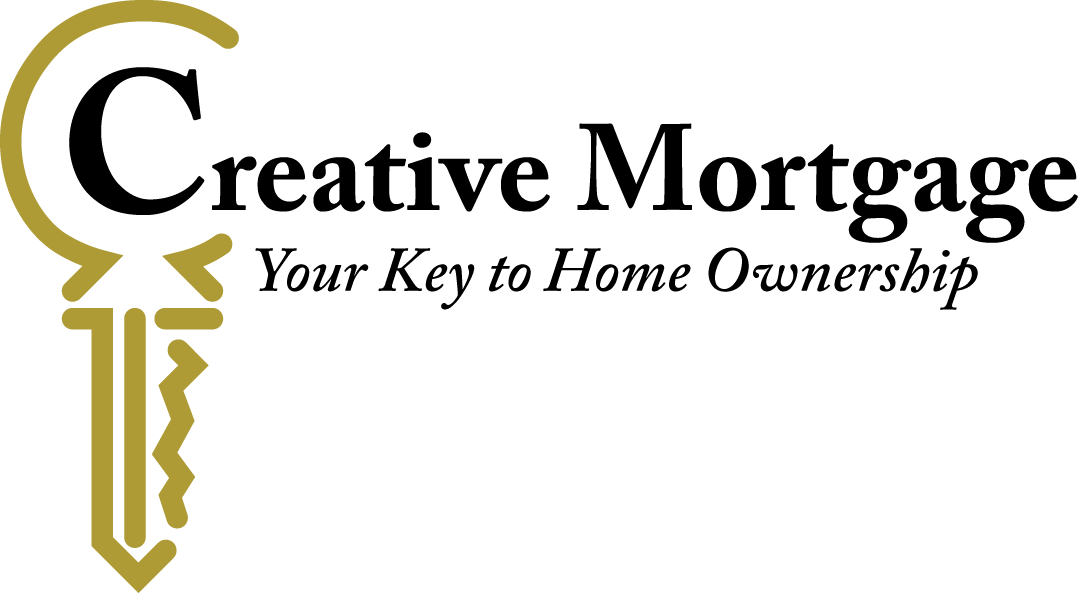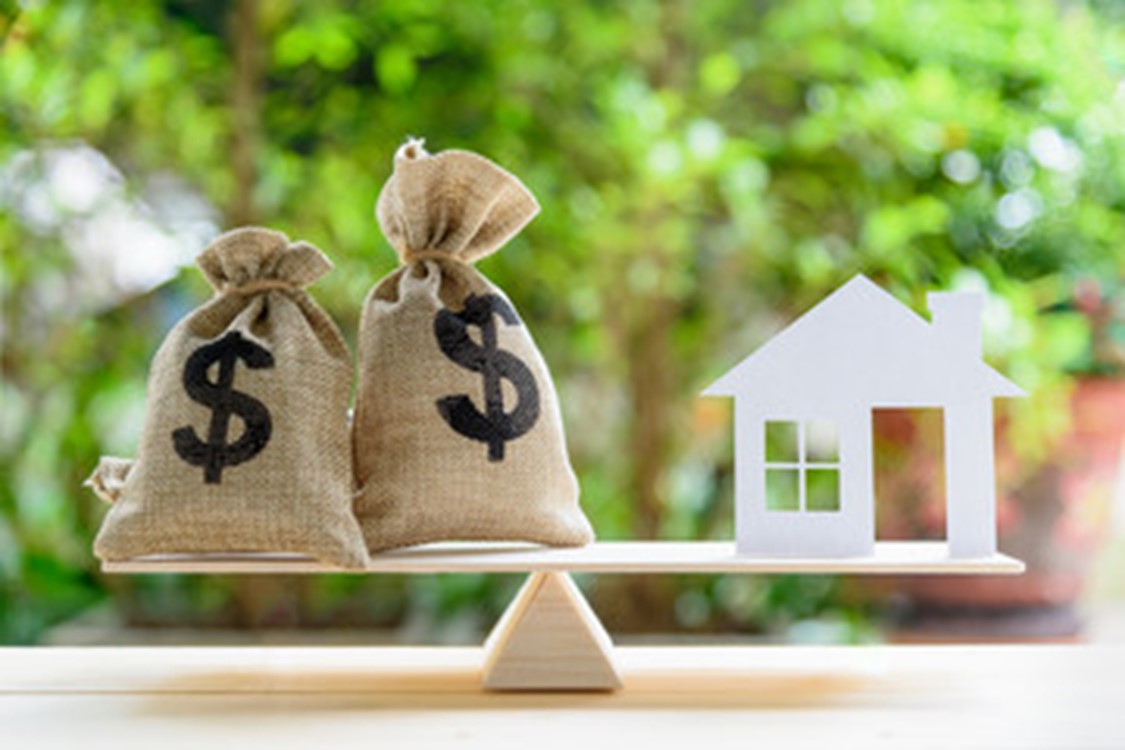A reverse mortgage is a financial product available to homeowners aged 55 or older that allows them to access a portion of their home’s equity without having to sell or move out of their home. To qualify for a reverse mortgage in Canada, you must be at least 55 years old and own a primary residence, which can be a house, condominium, or townhouse. The home should have a remaining equity of at least 50% after the reverse mortgage is taken.
With a reverse mortgage, you can receive a loan amount based on the appraised value of your home and your age. The loan amount can be paid out to you in a lump sum, as regular income payments, or as a combination of both. As a homeowner with a reverse mortgage you are still responsible for property taxes, home insurance, and ongoing maintenance of the home. The loan does not require regular monthly payments, and the interest accrues over time
The loan is repaid when you sell the home, move out permanently, or pass away. At that point, the loan, including the principal and accumulated interest must be repaid. Typically the repayment is funded through the proceeds from the sale of the home.
Before proceeding with a reverse mortgage, it is important to seek independent legal and financial advice to understand the implications and determine if it’s the right option for you. Reverse mortgages can have associated fees, including an appraisal fee, legal fees, and closing costs. They are regulated by the federal government to protect consumers and the regulations include a “cooling-off” period, during which you have at least 6 days to review the contract before deciding.

